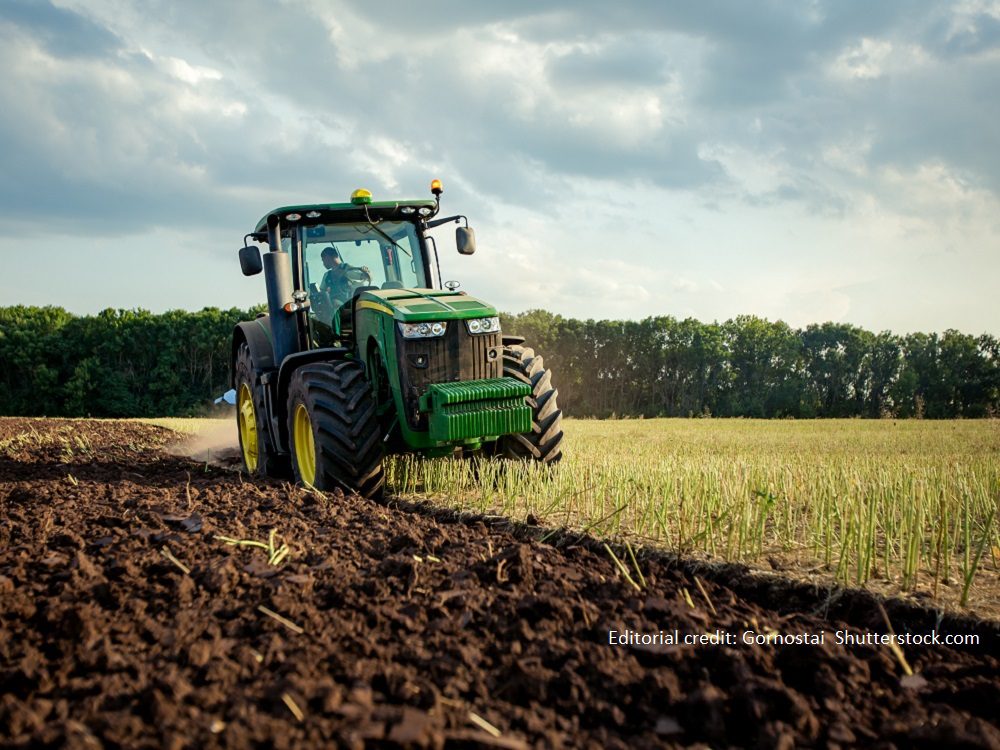Filter Products by Grade Level
Product Profile
Land Resources (People & the Planet unit)
$3.00
This product is an individual unit from the middle school curriculum People and the Planet. The unit includes a student background reading, seven lesson plans, and summative assessment. Scroll down to see the list lessons plans and readings included in the unit. Purchase the unit now and you’ll immediately receive the unit as a PDF.
Note: If you’re planning to purchase People and the Planet or have already done so, you don’t need to purchase this unit as it is included within the larger People and the Planet curriculum.
Other People and the Planet units include: Air Pollution and Solid Waste; The History of Population Growth; Our Global Family; Population Concepts; Sustainable Future; Water Resources.
Downloadable PDF. ©2021
UNIT LESSON PLANS & READINGS
The following are included with the purchase of the unit:
Lesson Plans:
- Earth: The Apple of Our Eye – An apple is sliced into pieces to model the current amount of agricultural land on Earth. Then students read an article about erosion and create presentations on threats to soil health, ways to protect soil, and the importance of preserving agricultural land.
- World of Difference – Through a small group simulation using probability, students explore how different population growth rates are impacting biodiversity levels.
- Growing Pains in Texas Hill Country – Students read a news article about local population growth and the resulting sprawl, create and write a proposed solution, and simulate a city council debate.
- Mining for Chocolate – After matching everyday products to their natural sources, students “mine” chocolate chip cookies to discover the impacts of many mining operations.
- Timber! – In this role-playing simulation, students discover what happens to a forest when the demand for wood is greater than the supply and graph their results.
- Fracked or Friction – Students analyze information about fracking and their sources for bias and ultimately take a stance arguing for or against fracking.
- Meat of the Matter – Students graph global meat production, use manipulatives to explore the environmental impact of four different types of protein, and discuss the pros and cons of a shifting global diet.
Background Reading:
- The Human Footprint: Land – As population grows, we develop wild areas and arable land and overuse resources like soil, minerals, and timber. Students analyze how our land use impacts habitats and ecosystems while exploring ways to preserve land resources. Glossary included.
Summative Assessment:
- Land Laws for Better Living – Students write a policy proposal that addresses local land use concerns and urban sprawl, then identify the benefits and drawbacks of their solution. Rubric included.



